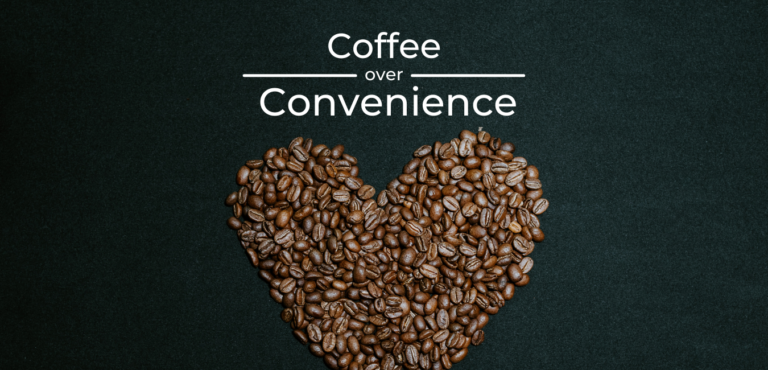The Ultimate Grind Size Handbook
Waking up to the smell of coffee feels heavenly. Every phase of making coffee at home has an element of solace. It starts with roasting, grinding, and then finally brewing. The smell of freshly ground coffee is remarkable and often evocative. It alone justifies grinding your beans at home, although it’s one of the more rudimentary justifications. The real reason to grind your beans at home lies in the difference in the quality of the cup. Getting more involved in your cup of coffee is well worth the reward, and grinding is a great place to start if you haven’t already.
Essentially, grinding coffee beans exposes the surface area of the bean to extract the locked flavors. A finer setting results in a grind with plenty of surface area, and a coarse grind is a lot more conservative. Grind size is determined primarily by the brew method, followed by your preference for sourness or bitterness, and type/density of beans. So, before grinding the beans, you must first decide on how you’re going to brew the coffee (pour over, french press, and so on). Long brewing processes like cold brews benefit from an extra coarse grind because the extraction happens overnight. Fine grinds do well with quick extraction like that of espresso, Moka pots, and even in traditional Turkish coffee (ibrik).
Grind Sizes






Extra Coarse
Coarse
Medium/Coarse
Medium
Medium/Fine
Fine

There are two types of grinders for domestic use; the Blade grinder and the Burr grinder. Blade grinders use a spinning metal blade that cuts the beans into small pieces. But the end result is inconsistent. This kind of impact on the bean produces a lot of fine powder regardless of desired grind size. While brewing coffee that’s been ground in a blade grinder, the fine powder imparts a bitter flavor to the brew. The contact between the blade and the bean is unpredictable too, and it’s conceivable to end up with a grind that’s simultaneously too coarse and too fine. While using quick and high-pressure extraction methods like espresso, the non-uniform grind size impacts the extraction of flavors. Body, texture, and acidity are affected as well resulting in a sub-par cup of coffee.
Burr grinders are becoming progressively more common every day. It consists of two cutting planes that face each other, these are called burrs. The distance between these planes can be adjusted to alter the grind size. The contact between the burr and the bean is predictable and consistent which results in a significantly more uniform grind. The input and output locations are separate in a Burr grinder as opposed to Blade grinders. This doesn’t allow beans to escape before their turn in between the burrs.

There are electric and manual versions of Burr grinders, and understandably, the manual ones are cheaper. It’s a great way to gain control over your desired grind size and step up your coffee game. Over time the burr’s teeth will lose their edge, and once that happens, the consistency of the grind would no longer be uniform. Burrs are easily replaced as they get duller over time. It’s worthwhile to follow the manufacturer’s recommendations for the frequency of burr replacement.
Grind-size literature is sometimes incomprehensible. We come across terms like coarse, medium, and fine but they aren’t standardized. The grind size setting on different grinders isn’t the same either. It’s always going to be relative. For an entry-level burr grinder, we recommend the Baratza Encore. While the manufacturer’s recommendation is a good place to start, it’s better to understand how your grinder works. Let your cup do the talking while you do the listening. If you ever feel confused by all the grind sizes, bookmark this page and use it for reference.









